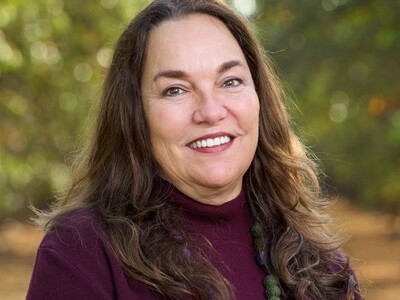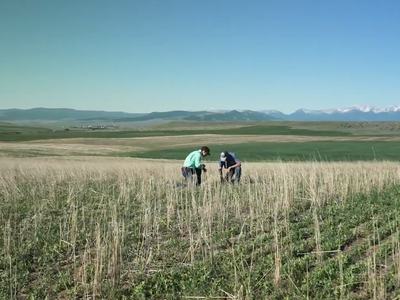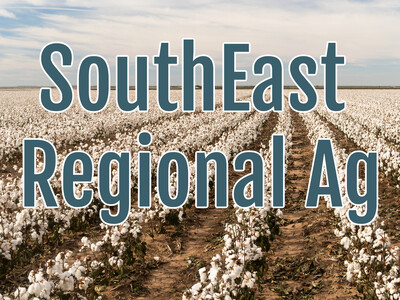Suberin in potatoes
Massive losses in the United States' number one vegetable crop, potatoes, aren't only due to pests or drought, they’re due to damage in the handling and storage of potatoes over the nine months of storage they generally undergo on their way to the supermarket as fresh potatoes or as potato chips or fries.A biochemistry approach that seeks to identify genetic characteristics of the wound healing process in potatoes has had success in a project led by Dylan Kosma, a biochemist in the College of Agriculture, Biotechnology & Natural Resources at the University of Nevada, Reno.
In his work, completed as part of the College’s Experiment Station research, Kosma has identified the first transcription factors known to regulate deposition of components that make up the skin that forms during the wound healing process in potatoes.
"We're working on protein transcription factors," he said. "You can think of transcription factors like the main switch in an electric panel or breaker box, with 15 circuits under control of the main switch. Finding the master switch and how it works to switch on the wound healing process in potatoes is key.”
One important component of potato tuber wound healing is the deposition of a corky material that makes up a large proportion of “skin” that covers wound sites, suberin. Suberin is a lipid polymer that is produced by all plants and is a major component of wound healing tissues in potatoes. While this wound-healing tissue can be found in nearly every plant, there is still relatively little known about its makeup and function. Even less is known about the genetic controls of wound suberin formation.
Poor suberin production during the wound healing process is a major culprit for post-harvest potato losses. Different varieties of potato heal better than others. Efficient wound healing and associated suberin production is critical for sealing off tuber wound sites to prevent pathogen entry and associated tuber losses in storage.
"We're using the potato model to understand the biosynthesis and regulation of suberin," he said. "We will use genetic studies to help the potato breeders find the right combination of genes for breeding potatoes with better wound healing capacity and improved storage life to help reduce post-harvest losses."













